-
Executive Summary
-
Scope of the Report
-
Market Definition
-
Scope of the Study
- Research Objectives
- Assumptions & Limitations
-
Market Structure
-
Market Research Methodology
-
Research Process
-
Secondary Research
-
Primary Research
-
Forecast Model
-
Market Landscape
-
Supply Chain Analysis
- Raw Material Suppliers
- Manufacturers/Producers
- Distributors/Retailers/Wholesalers/E-Commerce
- End Users
-
Porter’s Five Forces Analysis
- Threat of New Entrants
- Bargaining Power of Buyers
- Bargaining Power of Suppliers
- Threat of Substitutes
- Internal Rivalry
-
Market Dynamics of Global Cashew Milk Market
-
Introduction
-
Drivers
-
Restraints
-
Opportunities
-
Challenges
-
Global Cashew Milk Market, by Category
-
Introduction
-
Conventional
- Market Estimates & Forecast, 2020–2027
- Market Estimates & Forecast, by Region, 2020–2027
-
Organic
- Market Estimates & Forecast, 2020–2027
- Market Estimates & Forecast, by Region, 2020–2027
-
Global Cashew Milk Market, by Packaging Type
-
Introduction
-
Bottles
- Market Estimates & Forecast, 2020–2027
- Market Estimates & Forecast, by Region, 2020–2027
-
Cartons
- Market Estimates & Forecast, 2020–2027
- Market Estimates & Forecast, by Region, 2020–2027
-
Others
- Market Estimates & Forecast, 2020–2027
- Market Estimates & Forecast, by Region, 2020–2027
-
Global Cashew Milk Market, by Distribution Channel
-
Introduction
-
Store Based
- Supermarkets & Hypermarkets
- Convenience Stores
- Others
-
Non-store Based
- Market Estimates & Forecast, 2020–2027
- Market Estimates & Forecast, by Region, 2020–2027
-
Global Cashew Milk Market, by Region
-
Introduction
-
North America
- Market Estimates & Forecast, 2020–2027
- Market Estimates & Forecast, by Category, 2020–2027
- Market Estimates & Forecast, by Packaging Type, 2020–2027
- Market Estimates & Forecast, by Distribution Channel, 2020–2027
- US
- Canada
- Mexico
-
Europe
- Market Estimates & Forecast, 2020–2027
- Market Estimates & Forecast, by Category, 2020–2027
- Market Estimates & Forecast, by Packaging Type, 2020–2027
- Market Estimates & Forecast, by Distribution Channel, 2020–2027
- Germany
- France
- Italy
- Spain
- UK
- Rest of Europe
-
Asia-Pacific
- Market Estimates & Forecast, 2020–2027
- Market Estimates & Forecast, by Category, 2020–2027
- Market Estimates & Forecast, by Packaging Type, 2020–2027
- Market Estimates & Forecast, by Distribution Channel, 2020–2027
- China
- India
- Japan
- Australia & New Zealand
- Rest of Asia-Pacific
-
Rest of the World (RoW)
- Market Estimates & Forecast, 2020–2027
- Market Estimates & Forecast, by Category, 2020–2027
- Market Estimates & Forecast, by Packaging Type, 2020–2027
- Market Estimates & Forecast, by Distribution Channel, 2020–2027
- South America
- The Middle East
- Africa
-
Company Landscape
-
Introduction
-
Market Strategy
-
Key Development Analysis
-
(Expansions/ Mergers and Acquisitions/ Joint Ventures/ New Product Developments/ Agreements/ Investments
-
Company Profiles
-
Hain Celestial Group
- Company Overview
- Financial Updates
- Product/Business Segment Overview
- Strategy
- Key Developments
- SWOT Analysis
-
Danone S.A.
- Company Overview
- Financial Updates
- Product/Business Segment Overview
- Strategy
- Key Developments
- SWOT Analysis
-
Forager Project
- Company Overview
- Financial Updates
- Product/Business Segment Overview
- Strategy
- Key Developments
- SWOT Analysis
-
Rude Health
- Company Overview
- Financial Updates
- Product/Business Segment Overview
- Strategy
- Key Developments
- SWOT Analysis
-
Califia Farms
- Company Overview
- Financial Updates
- Product/Business Segment Overview
- Strategy
- Key Developments
- SWOT Analysis
-
Pacific Foods
- Company Overview
- Financial Updates
- Product/Business Segment Overview
- Strategy
- Key Developments
- SWOT Analysis
-
Plenish Cleanse Ltd.
- Company Overview
- Financial Updates
- Product/Business Segment Overview
- Strategy
- Key Developments
- SWOT Analysis
-
Elmhurst Milked Direct LLC
- Company Overview
- Financial Updates
- Product/Business Segment Overview
- Strategy
- Key Developments
- SWOT Analysis
-
Earth’s Own Food Company Inc.
- Company Overview
- Financial Updates
- Product/Business Segment Overview
- Strategy
- Key Developments
- SWOT Analysis
-
RITA Food & Drink Co.Ltd.
- Company Overview
- Financial Updates
- Product/Business Segment Overview
- Strategy
- Key Developments
- SWOT Analysis
-
Conclusion
-
LIST OF TABLES
-
Global Cashew Milk Market, by Region, 2020–2027 (USD Million)
-
Global Cashew Milk Market, by Category, 2020–2027 (USD Million)
-
Global Cashew Milk Market, by Packaging Type, 2020–2027 (USD Million)
-
Global Cashew Milk Market, by Distribution Channel, 2020–2027 (USD Million)
-
North America: Cashew Milk Market, by Country, 2020–2027 (USD Million)
-
North America: Cashew Milk Market, by Category, 2020–2027 (USD Million)
-
North America: Cashew Milk Market, by Packaging Type, 2020–2027 (USD Million)
-
North America: Cashew Milk Market, by Distribution Channel, 2020–2027 (USD Million)
-
US: Cashew Milk Market, by Category, 2020–2027 (USD Million)
-
US: Cashew Milk Market, by Packaging Type, 2020–2027 (USD Million)
-
US: Cashew Milk Market, by Distribution Channel, 2020–2027 (USD Million)
-
Canada: Cashew Milk Market, by Category, 2020–2027 (USD Million)
-
Canada: Cashew Milk Market, by Packaging Type, 2020–2027 (USD Million)
-
Canada: Cashew Milk Market, by Distribution Channel, 2020–2027 (USD Million)
-
Mexico: Cashew Milk Market, by Category, 2020–2027 (USD Million)
-
Mexico: Cashew Milk Market, by Packaging Type, 2020–2027 (USD Million)
-
Mexico: Cashew Milk Market, by Distribution Channel, 2020–2027 (USD Million)
-
Europe: Cashew Milk Market, by Country, 2020–2027 (USD Million)
-
Europe: Cashew Milk Market, by Category, 2020–2027 (USD Million)
-
Europe: Cashew Milk Market, by Packaging Type, 2020–2027 (USD Million)
-
Europe: Cashew Milk Market, by Distribution Channel, 2020–2027 (USD Million)
-
Germany: Cashew Milk Market, by Category, 2020–2027 (USD Million)
-
Germany: Cashew Milk Market, by Packaging Type, 2020–2027 (USD Million)
-
Germany: Cashew Milk Market, by Distribution Channel, 2020–2027 (USD Million)
-
France: Cashew Milk Market, by Category, 2020–2027 (USD Million)
-
France: Cashew Milk Market, by Packaging Type, 2020–2027 (USD Million)
-
France: Cashew Milk Market, by Distribution Channel, 2020–2027 (USD Million)
-
Italy: Cashew Milk Market, by Category, 2020–2027 (USD Million)
-
Italy: Cashew Milk Market, by Packaging Type, 2020–2027 (USD Million)
-
Italy: Cashew Milk Market, by Distribution Channel, 2020–2027 (USD Million)
-
Spain: Cashew Milk Market, by Category, 2020–2027 (USD Million)
-
Spain: Cashew Milk Market, by Packaging Type, 2020–2027 (USD Million)
-
Spain: Cashew Milk Market, by Distribution Channel, 2020–2027 (USD Million)
-
UK: Cashew Milk Market, by Category, 2020–2027 (USD Million)
-
UK: Cashew Milk Market, by Packaging Type, 2020–2027 (USD Million)
-
UK: Cashew Milk Market, by Distribution Channel, 2020–2027 (USD Million)
-
Rest of Europe: Cashew Milk Market, by Category, 2020–2027 (USD Million)
-
Rest of Europe: Cashew Milk Market, by Packaging Type, 2020–2027 (USD Million)
-
Rest of Europe: Cashew Milk Market, by Distribution Channel, 2020–2027 (USD Million)
-
Asia-Pacific: Cashew Milk Market, by Country, 2020–2027 (USD Million)
-
Asia-Pacific: Cashew Milk Market, by Category, 2020–2027 (USD Million)
-
Asia-Pacific: Cashew Milk Market, by Packaging Type, 2020–2027 (USD Million)
-
Asia-Pacific: Cashew Milk Market, by Distribution Channel, 2020–2027 (USD Million)
-
China: Cashew Milk Market, by Category, 2020–2027 (USD Million)
-
China: Cashew Milk Market, by Packaging Type, 2020–2027 (USD Million)
-
China: Cashew Milk Market, by Distribution Channel, 2020–2027 (USD Million)
-
India: Cashew Milk Market, by Category, 2020–2027 (USD Million)
-
India: Cashew Milk Market, by Packaging Type, 2020–2027 (USD Million)
-
India: Cashew Milk Market, by Distribution Channel, 2020–2027 (USD Million)
-
Japan: Cashew Milk Market, by Category, 2020–2027 (USD Million)
-
Japan: Cashew Milk Market, by Packaging Type, 2020–2027 (USD Million)
-
Japan: Cashew Milk Market, by Distribution Channel, 2020–2027 (USD Million)
-
Australia and New Zealand: Cashew Milk Market, by Category, 2020–2027 (USD Million)
-
Australia and New Zealand: Cashew Milk Market, by Packaging Type, 2020–2027 (USD Million)
-
Australia and New Zealand: Cashew Milk Market, by Distribution Channel, 2020–2027 (USD Million)
-
Rest of Asia-Pacific: Cashew Milk Market, by Category, 2020–2027 (USD Million)
-
Rest of Asia-Pacific: Cashew Milk Market, by Packaging Type, 2020–2027 (USD Million)
-
Rest of Asia-Pacific: Cashew Milk Market, by Distribution Channel, 2020–2027 (USD Million)
-
Rest of the World (RoW): Cashew Milk Market, by Country, 2020–2027 (USD Million)
-
Rest of the World (RoW): Cashew Milk Market, by Category, 2020–2027 (USD Million)
-
Rest of the World (RoW): Cashew Milk Market, by Packaging Type, 2020–2027 (USD Million)
-
Rest of the World (RoW): Cashew Milk Market, by Distribution Channel, 2020–2027 (USD Million)
-
South America: Cashew Milk Market, by Category, 2020–2027 (USD Million)
-
South America: Cashew Milk Market, by Packaging Type, 2020–2027 (USD Million)
-
South America: Cashew Milk Market, by Distribution Channel, 2020–2027 (USD Million)
-
Middle East: Cashew Milk Market, by Category, 2020–2027 (USD Million)
-
Middle East: Cashew Milk Market, by Packaging Type, 2020–2027 (USD Million)
-
Middle East: Cashew Milk Market, by Distribution Channel, 2020–2027 (USD Million)
-
Africa: Cashew Milk Market, by Category, 2020–2027 (USD Million)
-
Africa: Cashew Milk Market, by Packaging Type, 2020–2027 (USD Million)
-
Africa: Cashew Milk Market, by Distribution Channel, 2020–2027 (USD Million)
-
LIST OF FIGURES
-
Global Cashew Milk Market Segmentation
-
Forecast Research Methodology
-
Five Forces Analysis of Global Cashew Milk Market
-
Value Chain of Global Cashew Milk Market
-
Share of Global Cashew Milk Market in 2020, by Country (%)
-
Global Cashew Milk Market, by Region, 2020–2027,
-
Global Cashew Milk Market Size, by Category, 2020
-
Share of Global Cashew Milk Market, by Category, 2020–2027 (%)
-
Global Cashew Milk Market Size, by Packaging Type, 2020
-
Share of Global Cashew Milk Market, by Packaging Type, 2020–2027 (%)
-
Global Cashew Milk Market Size, by Distribution Channel, 2020
-
Share of Global Cashew Milk Market, by Distribution Channel, 2020–2027 (%)

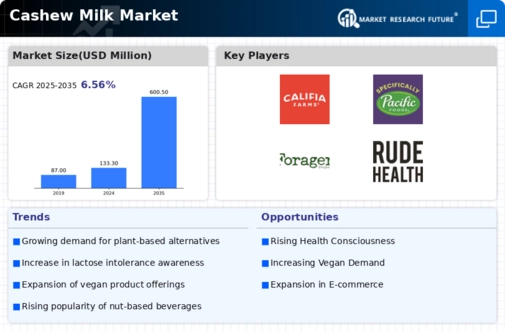
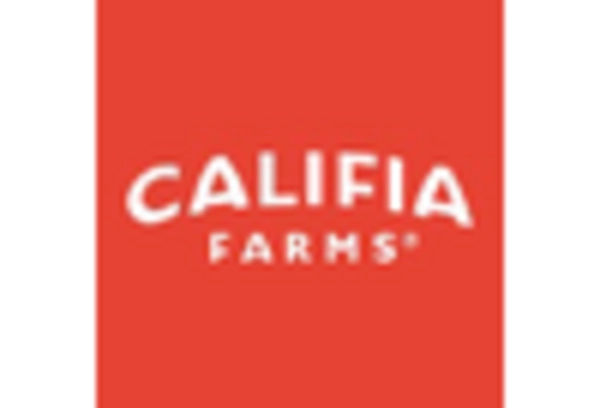
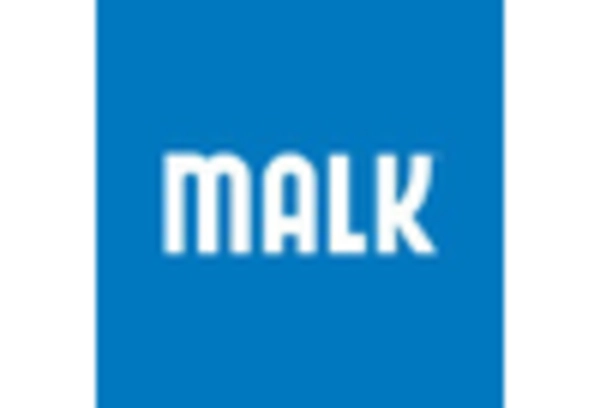
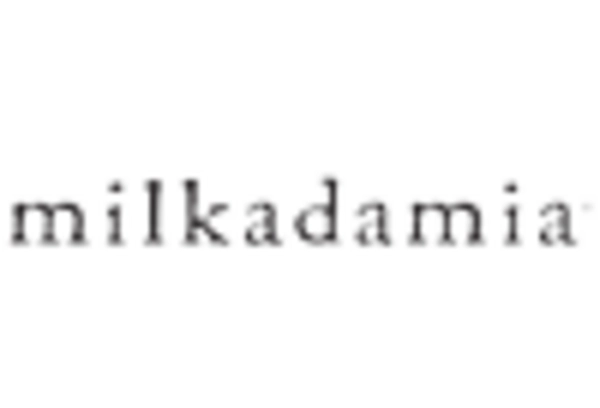


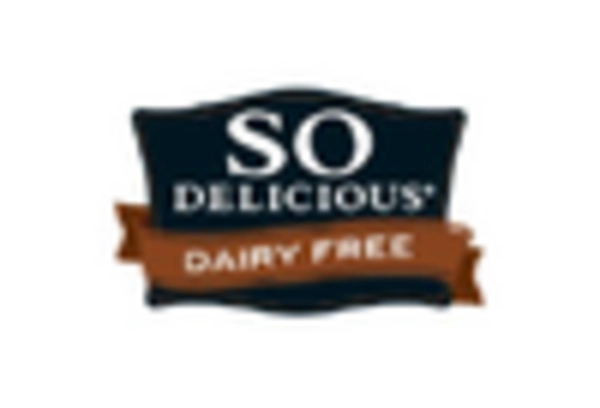









Leave a Comment